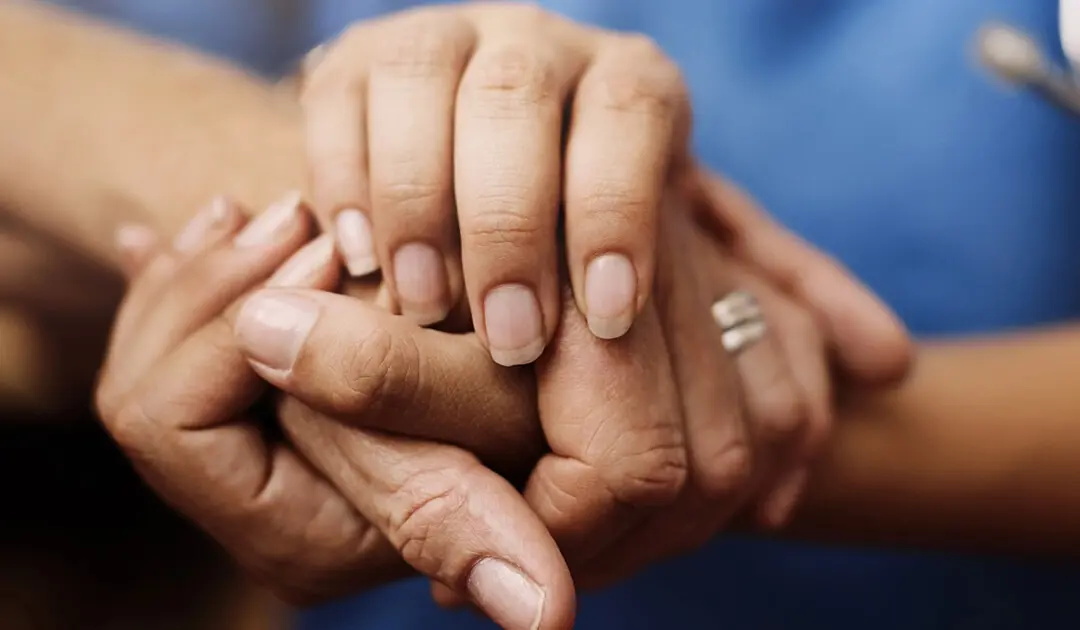Sayonara

Back in the valley of the sun where I used to live. Phoenix may be hot, but it can be a beautiful place too. I lived here for a year not long after graduation from college. Working here in the travel industry gave me some great experience for what lay ahead in my life. Conducting training for a group of twenty-six ranging from Special Education Teachers to Security Supervisors; from Behavior Interventionists to Program Managers.
Someone in the group began a discussion on how body language can be misinterpreted. How we can send unintended messages to people through our facial expressions, postures and gestures. It reminded me of a story that I sometimes tell to groups when this discussion piece comes up.
I also lived in Japan for a number of years and noticed from the start that the Japanese have a way of communicating nonverbally that is unique to their culture. Bowing is a great example of that. I remember being blown away when I met my landlord and she got down on her knees and placed her palms and forehead on the floor. The most honorific type of bow that a Japanese person can bestow upon someone. I also remember a time when I misinterpreted a gesture from someone that almost had disastrous consequences.
I struck up a friendship with a young lady whose father was somewhat of a bigwig in the community. He was very wealthy and he owned an art gallery. “Sachiko” happened to be an artist herself. One evening she invited me to the grand opening of the gallery. I was very excited. Here I was only my second week living in Japan and already I’m going to grand openings of art shows. We showed up on time and began sampling the hors d’ oeuvres and wine. Of course, there was sushi, but they also had gyoza (which is a type of dumpling) other Japanese finger food and some Western delicacies as well. The beer and wine flowed freely and I was chatting with all my new neighbors and friends.
The gallery was packed and we went from painting to painting giving our eyes a feast as well as our stomachs. As the night progressed I noticed that the only thing that was missing was that I had not yet met Sachiko’s father. I looked over at the other side of the room where he was standing and he began to wave goodbye to me (or so I thought). His arm was extended with palm down like a cats paw and his fingers repeatedly swept towards himself. I took this to mean that the party was over and I was being directed to leave. A bit miffed and being shown the door in such a way, I set down my wine glass and headed towards the door. I left the party and began to walk down the sidewalk towards home wondering whether I had made some cultural faux pas to be treated in such a manner. I heard footsteps racing behind me and turned around. It was Sachiko. With a bewildered look on her face, she asked me where I was going. I told her what had happened and she began to laugh hilariously. “Dan-san! My father was not telling you to leave, he was asking you to come over and meet him! This is how we Japanese use our body language to get someone to approach us.”
I was really embarrassed and walked back to the gallery with Sachiko. I apologized to her father and we all had a big laugh. It’s funny that the gesture we use in America for “bye-bye” has the exact opposite meaning in Japan.
Have you ever used body language that was misinterpreted by someone else? When you’re frustrated and clench your fists, does someone who sees that consider you a threat? When you hold you head in your hand because you’re tired, does the receiver of that message think that you’re bored with them? Two fingers up in some countries mean victory or peace; in other countries it means something else entirely.
Bottom line: Be careful with your body language. Try to make sure you’re not sending unintended messages. One man’s “please come here” is another man’s “bye-bye.”
Improve your manners by learning more about behavior management techniques!
Schedule a Consultation
Learn how CPI’s training programs can benefit your organization.
Let's Connect